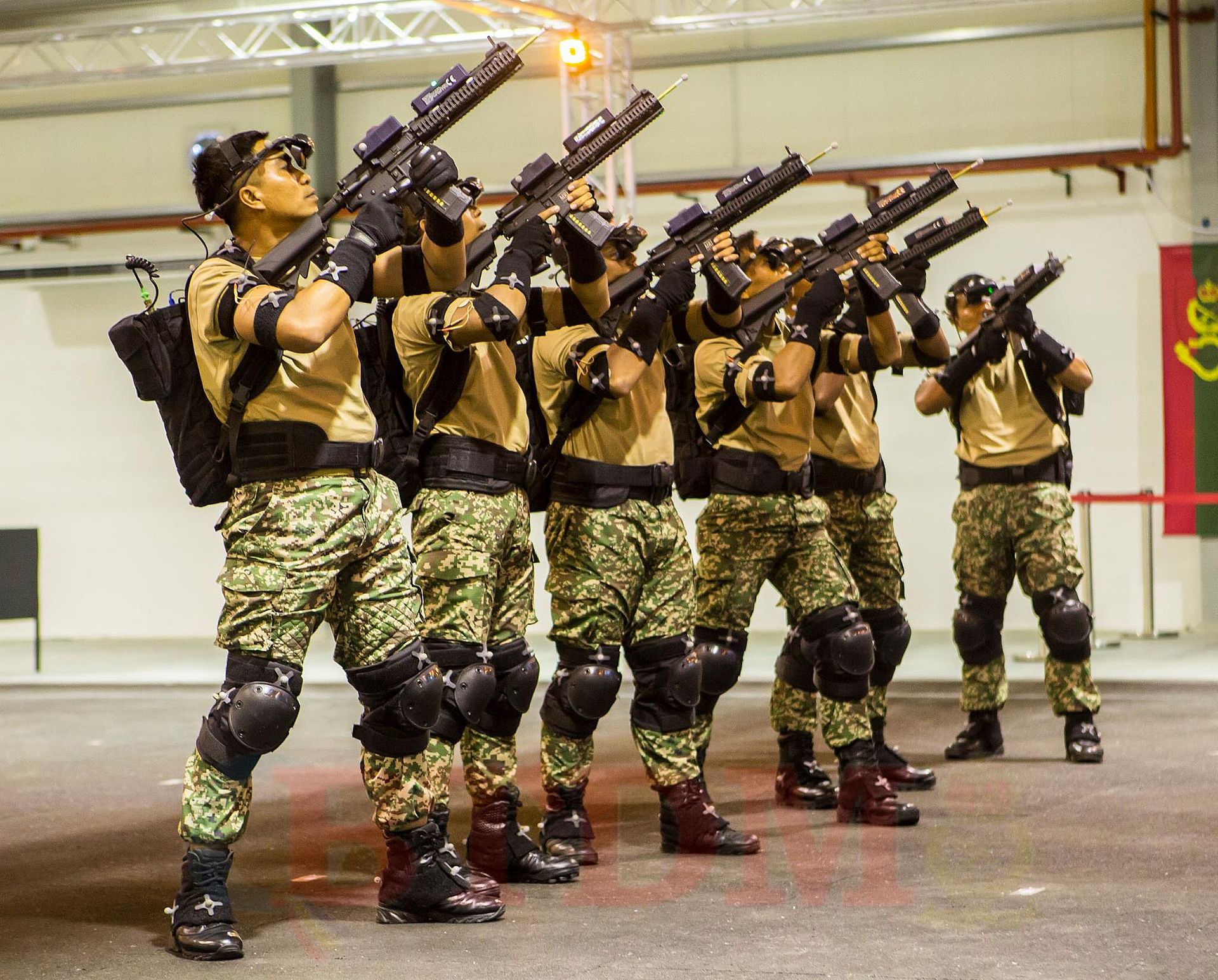
SHAH ALAM: Army Chief General Zulkiple Mohd Kassim officially launched the service’s new simulator system on Monday (Aug. 14). The Small Arms and Leadership Immersive Virtual Training Simulator (VIRTSIM) is now fully operational at the Army Simulator Centre at Kem Sirajuddin in Gemas.
Due to a conflict in schedule, I was unable to travel to Gemas for the ceremony on Aug. 14 so we have to rely on the release from the Army. Malaysian Defence had reported on the acquistion of the VIRTSIM previously.
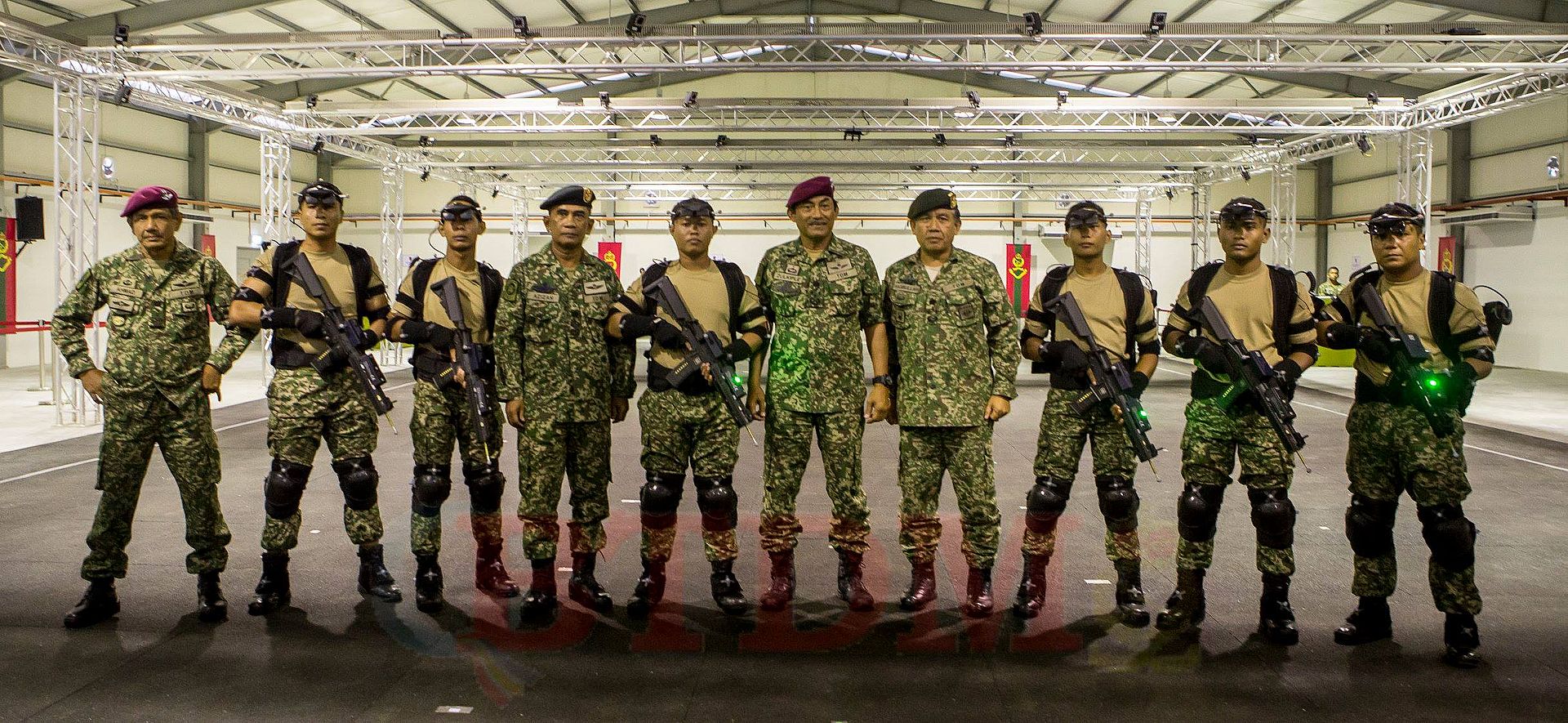
The contract for the simulator system was signed publicly during DSA 2016.
Flumen Technologies for the Army’s Virtual Immersive Training Simulator (RM33.8 million)
Flumen Technologies took part in Indodefense 2016 likely in a sale push for the simulator in Indonesia. I have no idea whether it was successful or not.
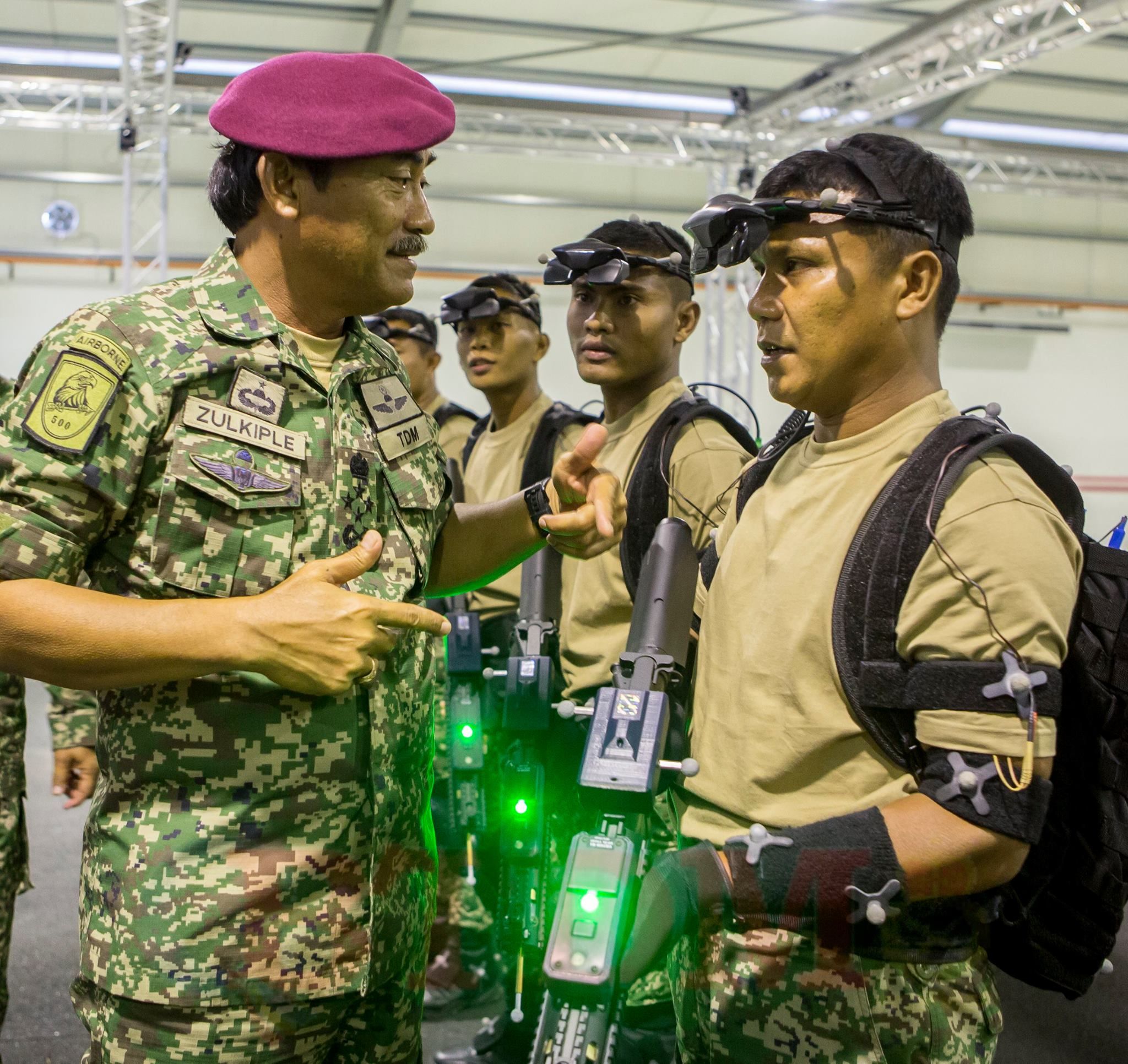
A demonstration of the capability of the VIRTSIM was displayed at the opening ceremony at the simulator centre.
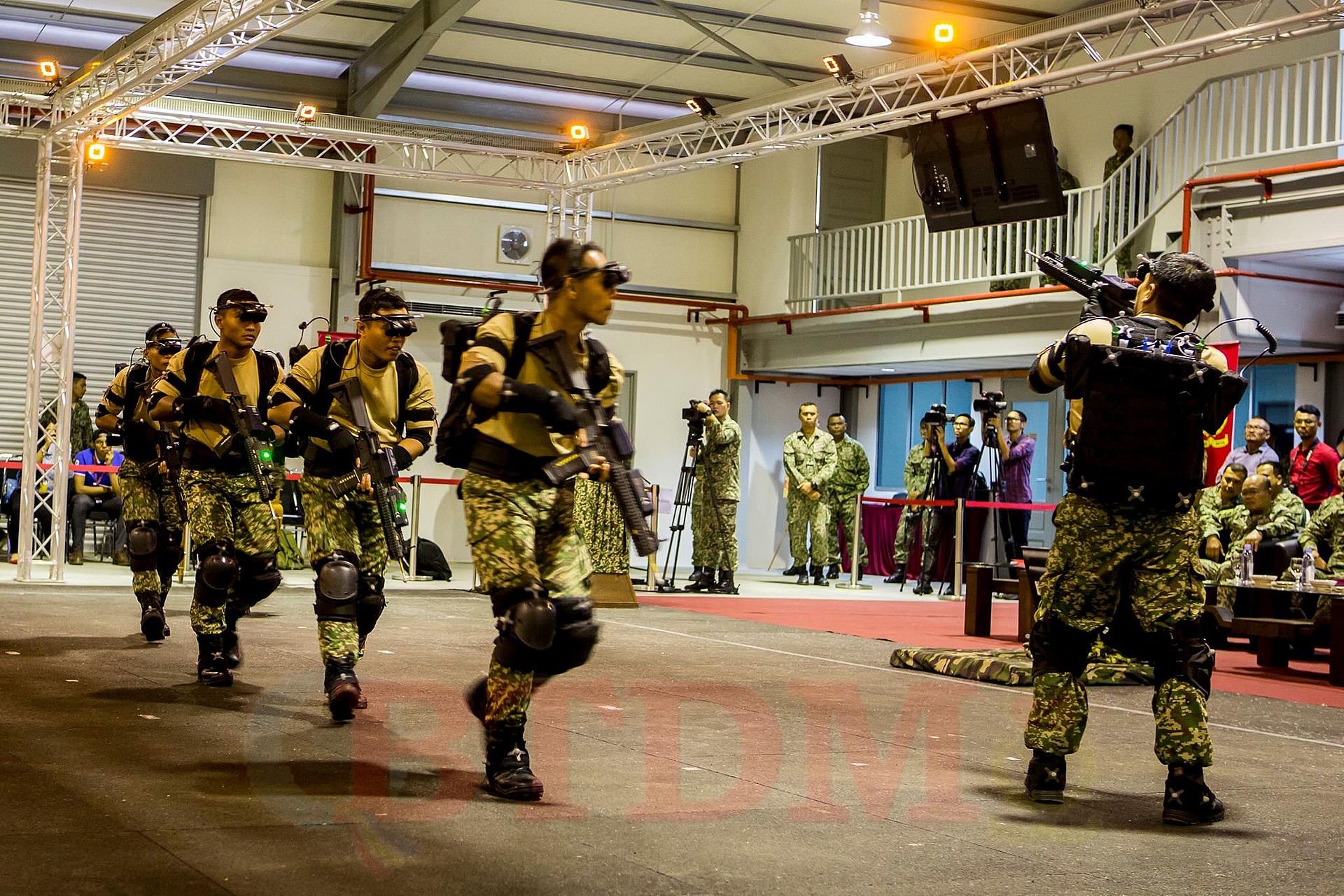
A release from Berita Tentera Darat stated that Zulkiple during the media conference says Malaysia was the third user of VIRTSIM after the US and UAE.
“This is the latest technology which will allow the Army soldier to upgrade their combat skills either individually or in groups, in all manner of condition.
“A soldier typically needs 10 sessions of training to master the skills needed for combat which are relatively costly but with the new simulator, we can reduce the cost as they may need only to conduct two sessions of field training after undergoing eight virtual sessions,” he added.

According to its manufacturer,
the virtual immersion training, three squads of soldiers could execute tactical missions, including movement to contact, cordon and search, area recon, room clearing, and force on force. Soldiers were able to monitor their progress as the system provided real-time capture of all engagements for immediate, or after action, review and analysis by trainer and soldier.
Users were fully immersed in individual skills, tactical squad behavior and mission rehearsals without wires or tethers. Wireless stereo head-mounted displays provided each trainee with an independent 360-degree view of any virtual environment, enhanced by muscle-stimulation technology, functional replica weapons and other elements to provide realistic training effects

— Malaysian Defence
If you like this post, buy me an espresso. Paypal Payment

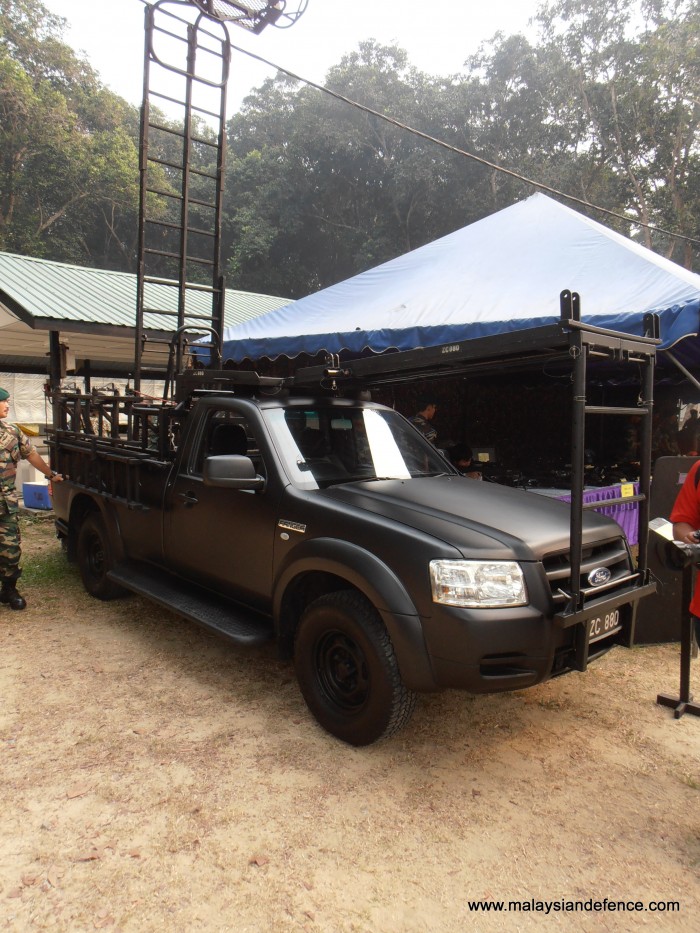
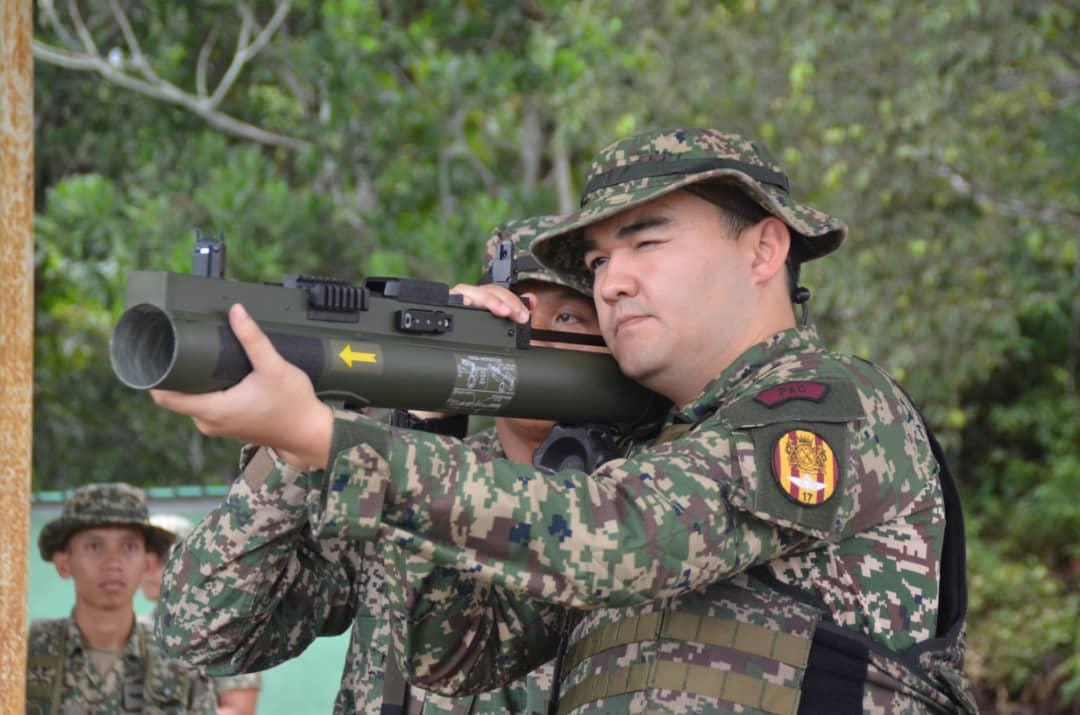
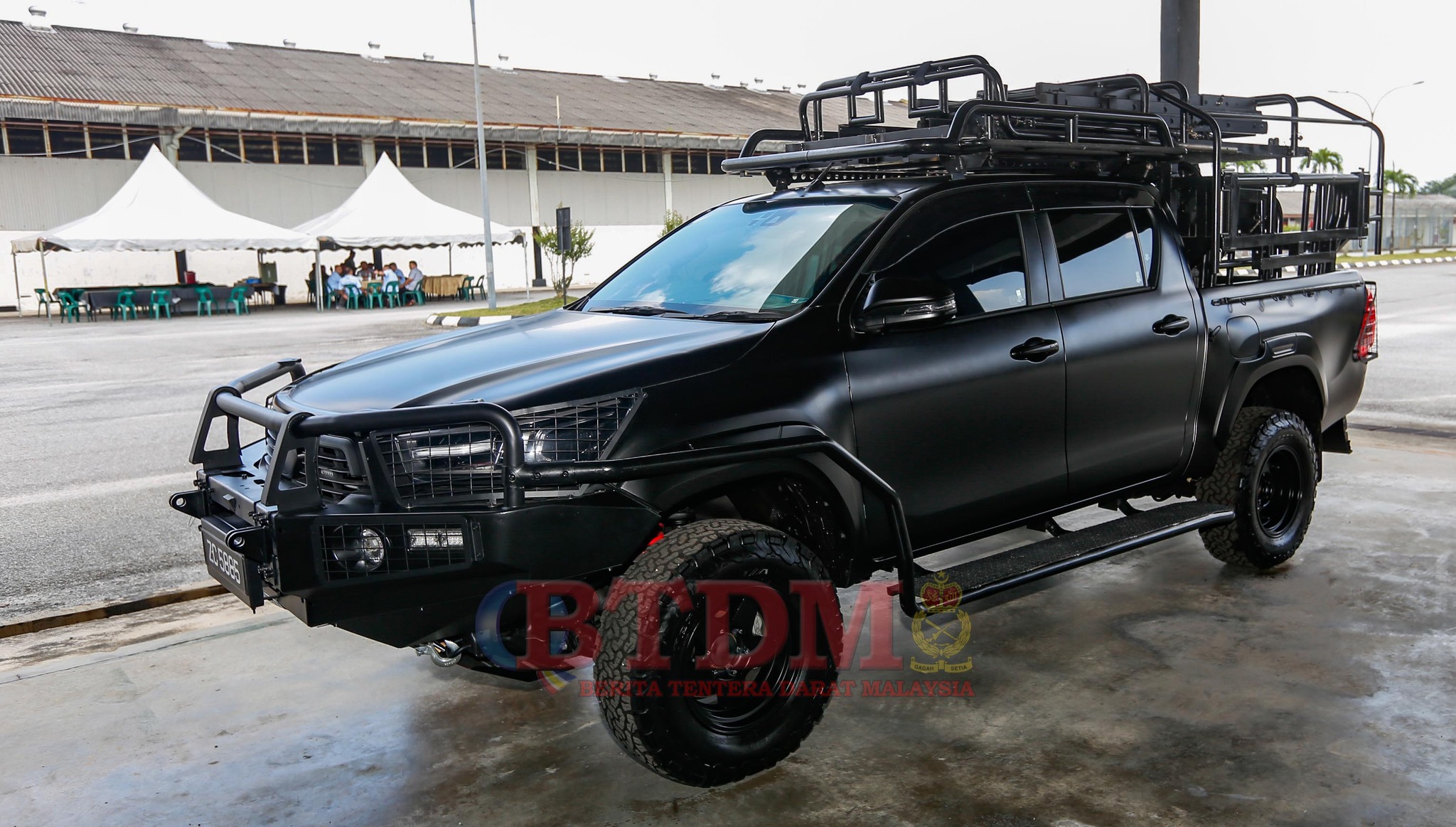
First in asia and third in the world.
Tentera Darat Malaysia is up to date.
Regardless of how cost effective, high tech or realistic any simulator is it can only complement and never replace actual training done on a regular basis, done as realistically as possible with safety considerations in mind; whether it’s section level fire and movement, battalion level combined arms maneuvers or time at the shooting range. All of which is dependent on adequate and sustained funding from above.
If the army can let paying civilians have a go, I think this system can pay for itself.
It’s a nice system. I’m wondering about the quality of the training it can offer- if it is essentially a virtual shoothouse or if it also guides the users through the learning objectives and offers automatic feedback.
But to get troops from their home stations to Gemas, to train them one section at a time does not seem like something we would do. It takes time to calibrate the system and familiarise each batch of troops with it. It’s going to be slow to train every infantryman on it, I doubt we’ll even try to get to that point and if it saves time and money in the end.
If it were up to me, I’d put the money into a real training village and train the troops under live supervision.
Off topic
NORINCO armor day 2017
http://bbs.9ifly.cn/thread-89466-1-1.html
Of interest, plenty of new IFV, heavy IFV based on type 59 tank, GL5 active protection system
AM,
‘If it were up to me, I’d put the money into a real training village and train the troops under live supervision.’
I doubt that. Choosing that will be more costly. You know govern wouldn’t accept that. Unless they only do that once a year. You have to think economy not monopoly.
“I doubt that. Choosing that will be more costly. You know govern wouldn’t accept that. Unless they only do that once a year. You have to think economy not monopoly.”
Well, once you move the troops from wherever they may be to Gemas you’ll be housing them there for a long time.
You’ll instruct them on the objectives of the tactical scenarios, familiarise them with the system, give them time to operate it smoothly, have repeat runs to correct technical or tactical mistakes. And on top of everything you can only familiarise and train one section at a time.
How long will it take to train the whole unit? Will this bottleneck affect
schedules for platoon, company and battalion drills?
Not to mention you still need a training village for platoon, company and battalion drills, and because live training is always necessary anyway.
You know how Singapore built a shoothouse with bullet absorbing walls? That’s an elegantly simple solution. There is no specific technical training for the troops. There are no backpacks and goggle displays that can break. Sections can be walked through it in quick succession. The place can still be instrumented with cameras and hit counters. Marginal cost to operate the place or conduct extra training? A few blank rounds.
Still far away from Zero Latency, an Australian concept that is leading the immersive VR… already proof model with more than 10 centers already operating. I had the opportunity to try the one in Tokyo… awesome!!!